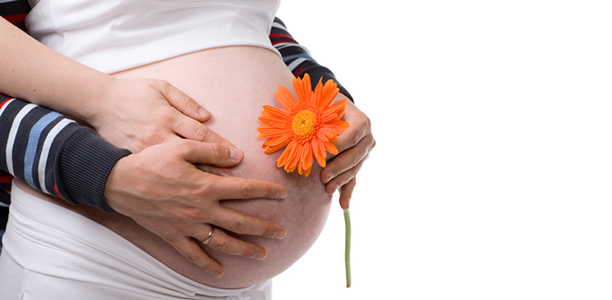Forty two babies are stillborn in Australia every week, and 60 per cent of them are recorded as “unexplained”.
Mater Research Institute-University of Queensland researchers undertook a global review of stillbirth reporting and classification, seeking ways to improve procedures.
Dr Hanna Reinebrant from UQ’s Centre of Research Excellence in Stillbirth said the study found stillbirths were most commonly categorised as “unexplained”, “other” and “haemorrhage”.
“If we can’t explain why a stillbirth has happened, it’s impossible to know what to target to prevent it in future,” Dr Reinebrant said.
She said the Australian Government should establish national guidelines for investigating stillbirths.
“It’s important to establish a cause of death to help parents understand what went wrong and to guide clinical care for any future pregnancies.
“It would also help in developing prevention and education programs for women.”
Researchers reviewed 85 reports on stillbirths across 50 countries and found wide variations in investigation and classification systems, with only 13 considered good quality.
Stillbirths were defined as the loss of a baby at 28 weeks’ gestation or more.
“Placental problems are frequently reported across middle and high-income countries, but we found that in low-income countries, labour complications and infection were most common,” Dr Reinebrant said.
The World Health Organisation has set a global target of 12 stillbirths or fewer per 1000 births by 2030, but Dr Reinebrant said even high-income countries needed to reduce their stillbirth rates.
Australia has the 15th lowest rate in the world, with 2.7 stillbirths for every 1000 births, behind countries like Iceland (1.3), Finland (1.8), Japan (2.1) and New Zealand (2.3).
Australia ranked poorly in reducing its stillbirth rate over the past 15 years.
“We urgently need to address the reporting and categorising of stillbirths so we can better understand what causes stillbirths and improve outcomes for families,” Dr Reinebrant said.
(Source: The University of Queensland, BJOG)










